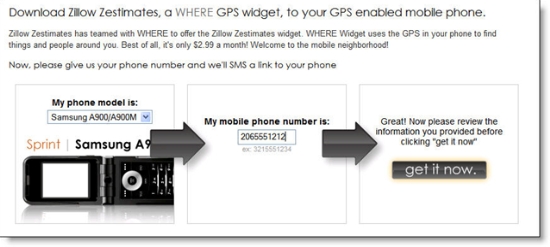 Forrester Research is known for making conservative technology forecasts, doing a great job of not getting caught up in the early hype. For example, five years ago (May 2002), Forrester predicted there would be 38 million U.S. households banking online by 2006, about double the 20 million at the time. That prediction turned out to be about 10% to 15% shy of the actual total (see note 1).
Forrester Research is known for making conservative technology forecasts, doing a great job of not getting caught up in the early hype. For example, five years ago (May 2002), Forrester predicted there would be 38 million U.S. households banking online by 2006, about double the 20 million at the time. That prediction turned out to be about 10% to 15% shy of the actual total (see note 1).
But in Forrester's latest online banking forecast (here), VP and Bank of America/Wells Fargo veteran Cathy Graebner, is uncharacteristically aggressive. In her report she says the U.S. market will grow to 72 million online banking households in less than 5 years, a 55% increase from Forrester's current estimate of 46 million. If that happens, penetration would be 63% of all households, or 76% of online households (note 2).
In comparison, we are projecting 54 million households, a 30% growth from our estimated 42 million online banking households at year-end 2006. Even our high-end forecast calls for only 62 million, still 10 million shy of Forrester's number.
Analysis
Normally, Forrester and Online Banking Report track pretty closely. I have a call in to Cathy to see where our assumptions differ (note 3). In many ways, I hope she's right. But I believe there is currently a ceiling for most ecommerce activities at about a 50% penetration rate (of all households), and I just don't see how online banking can move significantly past that within five years. Perhaps mobile access will bump the growth rate 3 or 4 years out, but I still don't think that's enough to get past 60 million households.
Look at it this way. An estimated 10% to 15% of households don't even have a bank account. If you subtract those from the total, Forrester is saying that more than 70% of U.S. households with bank accounts will be using online banking less than five years from now. That would be great for our industry, but I just don't think it will happen for at least another decade (note 4).
Read it yourself and let me know which forecast you believe is closer.
Notes:
1. Our parent publication, Online Banking Report, had similar view at the time, predicting in December 2002 that 43 million U.S. households would be banking online by 2006 (see Online Banking Report #89, published Dec. 10, 2002). Online Banking Report is published by the same company as this blog. According to our latest forecast (Online Banking Report #137), 42 million U.S. households were banking online at year-end 2006.
2. Penetration figure calculated by taking Forrester's 2011 online banking forecast and dividing by our 2011 total U.S. household forecast.
3. I have not read the full report, only the abstract on the Forrester website.
4. The furthest out we project is 2016, where our total still trails Forrester's 2011 prediction (see OBR 137).




















